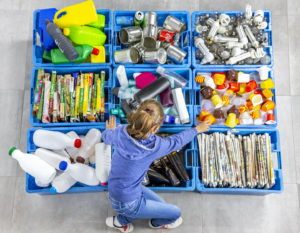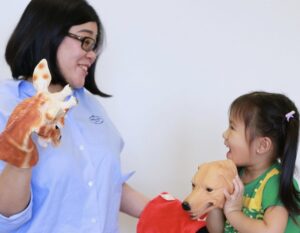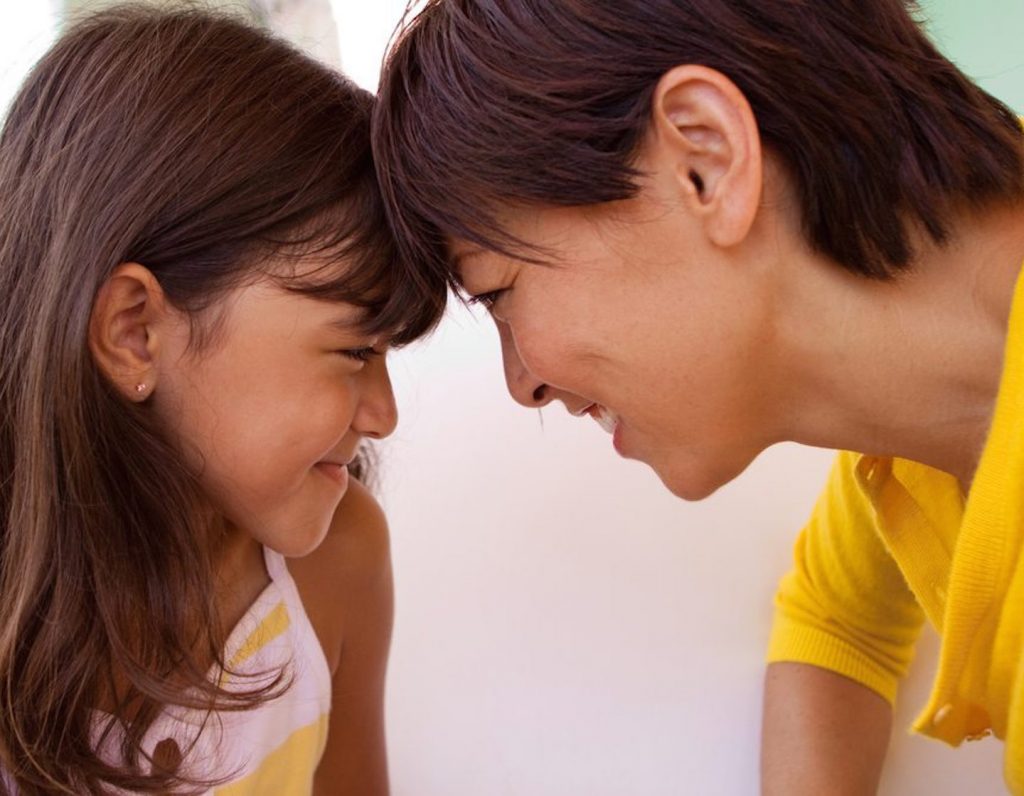
 Post Category - ParentingParenting - Post Category - Toddler & PreschoolerToddler & Preschooler - Post Category - Older KidsOlder Kids
Post Category - ParentingParenting - Post Category - Toddler & PreschoolerToddler & Preschooler - Post Category - Older KidsOlder KidsDo your kids know their body safety rules? Talk to kids about their bodies and inappropriate touch – it’s the conversation that could help protect them from sexual abuse
Body safety rules are so important to teach our kids so that they are comfortable with their bodies and their boundaries. But when should you start teaching this to kids? Empowering our kids about their bodies and to understand their rights and know what inappropriate touch is, could help protect them from sexual abuse.
‘PANTS’ has been created by the NSPCC, UK’s leading children’s charity, to help you talk to your kids (even as young as four years old) in a non-scary way about keeping their body safe. Talking PANTS is a way to explain that what’s in your pants is your private parts, belongs to you and no one else can touch or see them without your consent. For girls especially, some people refer to the bathing suit area as being private.
There are other tips detailed in this article on how to keep your kiddos safe and some things you can start with babies – like using anatomically correct language for private parts and modelling and teaching consent.
This upbeat video by the NSPCC may help little kids understand the concept and is at least a good conversation opener.
Body Safety Rules: ‘Talking PANTS’
Each letter in PANTS gives an important message for children to help them stay safe.
P: Privates should stay private
Kids should know that their pants (or bathing suit) covers their private parts, and no one can touch them without their permission.
A: Always remember your body belongs to you
Let kids know that their body belongs ONLY to them. If someone asks to see or tries to touch their private parts (underneath their pants or bathing suits) they should say ‘NO’ – and tell a Safe Adult (a family member, teacher, support worker or a doctor).
If you have preschoolers or small kids you get them to take ownership of their body by teaching them to wash their private areas themselves during bath time. If you are helping them with this, or changing their nappy for them you can ask for their consent before doing so. Read our full guide on teaching kids (even the smallest of kids) about consent, body positivity, and how to raise emotionally healthy children.
N: No means no
It’s important to tell your child that they have the right to say ‘No’ to unwanted touch – even to a family member or someone they know or love. No, they don’t need to give Grandpa a hug today if they don’t want to. They’re in control of their body and no one should ever make them do things that make them feel uncomfortable.
Read More: Why You Shouldn’t Force Kids to Give Hugs
T: Talk about secrets that upset you
Explain to your child that they can always talk about stuff that upsets them or gives them an ‘icky’ feeling in their tummy. Sharing how they feel and what has happened, won’t EVER get them into trouble. Explain the differences between ‘good surprises’ and ‘bad’ secrets. Bad secrets make you feel sad, worried or frightened, whereas good secrets can be things like surprise parties for other people which make you feel excited. Any secret should always be shared in the end. Build a relationship with your child so they feel comfortable sharing their thoughts and feelings with you.
Here’s how to help your child identify a Safe Adult to talk to.
S: Speak up, someone can help
Encourage children to talk about anything that they don’t feel is right or which makes them sad, anxious, frightened or upset. Reinforce that talking to parents, a family member, teachers or any Safe Adult can help when in tricky situations. List the “safe adults” that your child knows so they have people to turn to if they have a problem – choosing adults who live in the house and importantly some who do not. Weaving in simple conversations about staying safe into the daily routine is a great way to stop children from feeling overwhelmed and making them aware of the risks.
If you’d like more information on how to talk PANTS you can download free guides from the NSPCC.
Read More: ‘Tricky People’ vs ‘Stranger Danger’ & What Would Your Child Do If They Got Lost?
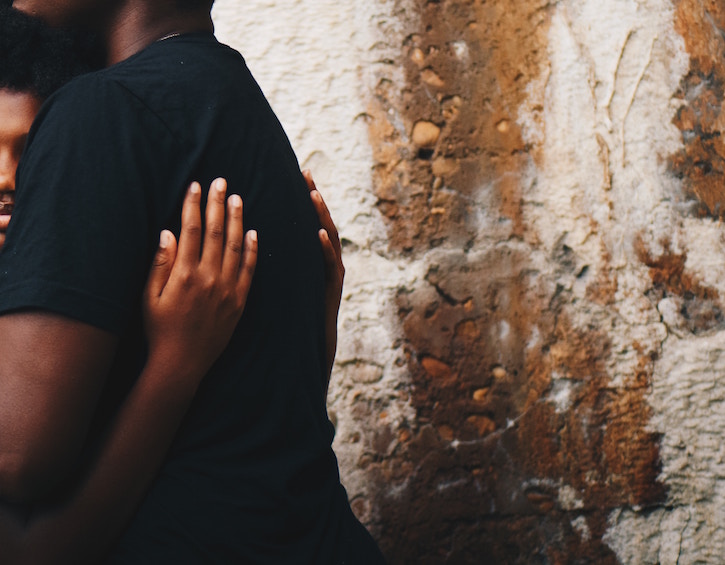
No Cutesy Private Parts Names
Don’t be shy about using correct body language with even the smallest kid – vulva, vagina, bottom, anus, breasts, penis and testicles. Why? When parents use nicknames for private parts, they’re sending a message that there’s something unspoken or shameful surrounding these body parts. Also from a safety aspect, if a child says someone touched their “little flower” it may not hold as much weight as saying outright that someone touched their vagina and may be discounted according to Body Safety Education. Furthermore, if your family uses anatomically correct names for privates, when kids come up with other names this can be a red flag for being groomed. Using proper body part names is also empowering. Offenders looking for victims might be less likely to pick informed kids who obviously talk openly with their parents about their bodies.
Protecting against sexual abuse
“Sexual abuse can happen to children of any gender, age, skin colour, social class or religion. In most cases the perpetrator has been found to be someone the child knows and trusts. In other cases, the perpetrator can also be another child, either older or of the same age. Authorities have always struggled to get the exact figure of Sexual Abuse incidences, as they often go unreported. A study by David Finkelhor, Director of the Crimes Against Children Research Center, shows that: 1 in 5 girls and 1 in 20 boys are victims of child sexual abuse and children most vulnerable to sexual abuse are in the age group of 7-13 years. If you have witnessed or are aware of any child who has gone through sexual abuse seek out support for the child and the family with a professional at the earliest” says Vinti Mittal, Director of SACAC Counselling.
Recommended Reading to safeguard children:
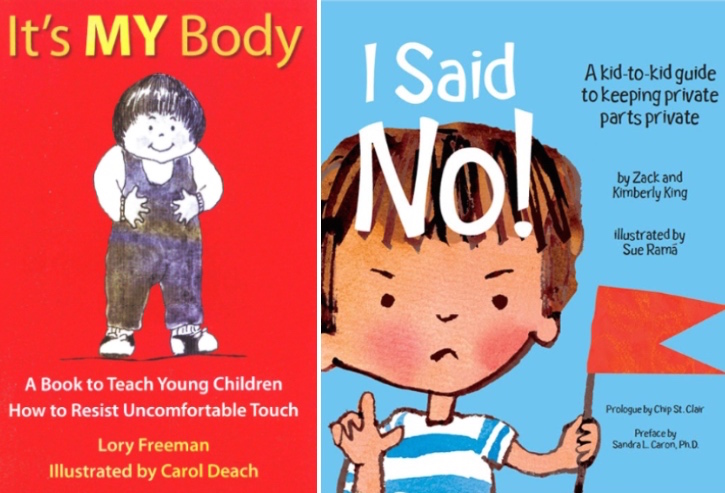
It’s MY Body: A Book to Teach Young Children How to Resist Uncomfortable Touch (Children’s safety series & abuse prevention) by Lory Britain
A simple book for toddlers to convey the message that it’s their body and it belongs to them. Available in English and Spanish.
I Said No! A Kid-to-kid Guide to Keeping Private Parts Private by Kimberly King
This book is helpful for parents in approaching the topic of protecting children’s private parts. It covers situations for younger kids as well as for older ones on how to say NO. The book leaves some situations open for parents to discuss further with their kids if they wish to.
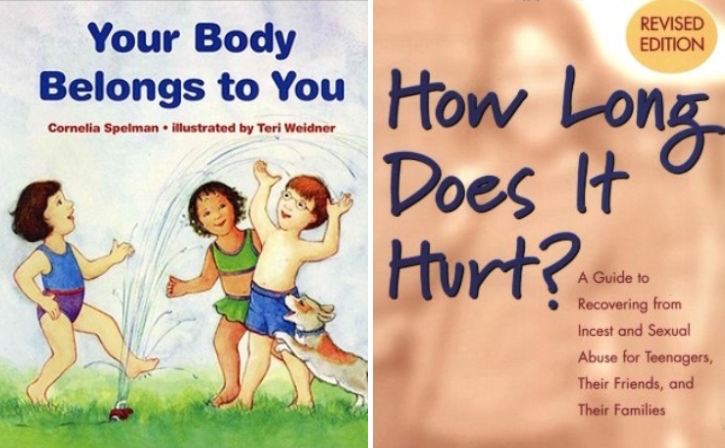
Your Body Belongs to You by Cornelia Maude Spelman
A very well written and illustrated book. Ideal for introducing the topic to kids in a safe way using the right words.
How Long Does It Hurt? A Guide to Recovering from Incest and Sexual Abuse for Teenagers, their Friends and their Families by Cynthia Mather
This book is a guide for future survivors to help them deal with what’s happening to them and to understand their feelings after going through sexual abuse. The book is written by a Sexual Abuse survivor.






 View All
View All




 View All
View All









 View All
View All



